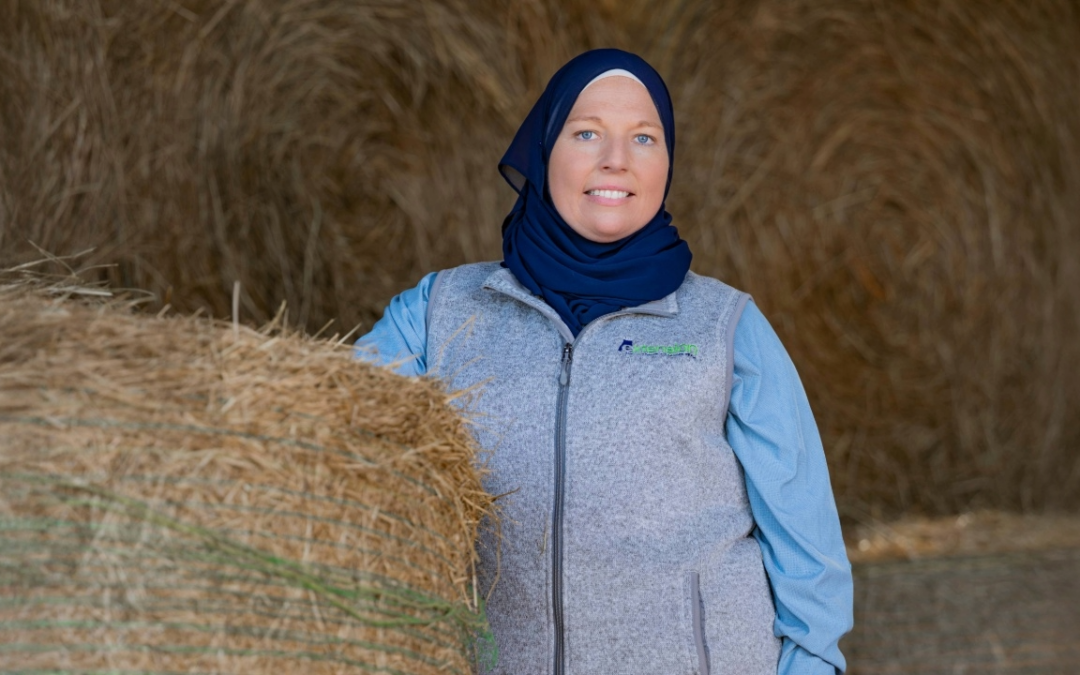Researchers at Auburn University recently developed new methods for safely using poultry processing wastewater for food-grade hydroponic crop production. By eliminating pathogens, like salmonella, the research team was able to use wastewater from a poultry processing plant to grow romaine lettuce safe for human consumption. The breakthrough promises not only a cost-effective means of irrigating crops with poultry byproduct water, but also better water conservation.
A team of scientists from the Alabama Experiment Station were awarded $500,000 by the National Institute of Food and Agriculture to study nutrient cycling and food safety, two key factors in using wastewater for irrigation in a relatively new field called controlled-environment agriculture (CEA).
The poultry industry produces an average of 62 billion gallons of nutrient-rich wastewater annually, at a cost of $247 million for conventional treatment. This inspired the research team to explore methods to integrate the overlooked resource.
Reusing processing facility wastewater comes with many benefits, including water conservation, improved cost-efficiency, a dependable water source and lessened impact on groundwater resources.
Typically, poultry processing wastewater is managed through environmental discharge; meaning, it’s treated and released back into the environment. However, the team is seeking to create a more innovative and sustainable solution through a novel filtration system to treat and re-use this water for crop production.
The idea of filtration treatment systems for wastewater is not a new concept. However, systems are usually costly, which limits the possibility of a system going mainstream. In a refined approach to water recycling in the poultry industry, the team created a four-step system. The core of this system is a biological treatment that leverages algae and nutrifying bacteria to reduce pathogen and antimicrobial risks, making the water suitable for growing produce, such as romaine lettuce.
“We are going to use biological treatment, and we’re going to use relatively simple low-tech, low-cost systems to treat it,” said Brendan Higgens associate professor of biosystems engineering and project director.
“Our system is just using biological treatment, a clarifier to remove some of the solids, a bag filter at 1 micron…and a UV system, which is supposed to just destroy any remining pathogens,” Higgins said.
The experiments were conducted at Auburn University with wastewater that had been resourced from a regional processing plant. In 2023, the new CEA filtration system was run for 200 days. During that time, the project personnel artificially added additional pathogens, such as three different types of salmonella, to test the system.
“We had to test the system. We had to just slam it with salmonella,” said Higgins.
Prior research often utilized a smaller scale treatment systems, or artificial wastewater. Higgins and the research team took a different approach, using both genuine poultry processing plant wastewater—and a lot of it.
“That’s something that’s unique about our project is that we are using real wastewater at scale, and I think because of that the results translate better,” Higgins said.
Butter lettuce was chosen for the trial due to the growth efficiency and its open leaf structure, which offers less of a barrier to keep pathogens out. It is a crop that is typically more susceptible to pathogens than others, Higgins said. The crop also has a relatively rapid turnover rate, enabling researchers to conduct 4-6 trials annually. Successfully cultivating romaine lettuce that is up to food safety standards provides the opportunity for poultry processing plants and hydroponic farmers to see just how feasible the new system can be.
While significant progress has been made, the team’s ongoing research efforts will play a vital role in the broader adoption of the researcher’s methods. Much more must be learned before the method will yield economic and environmental benefits, said Higgins.
This interdisciplinary team also includes Dianna Bourassa, Poultry Science; Rishi Prasad, Animal Sciences and Crop, Soil, and Environmental Sciences; and Daniel Wells, Horticulture.





